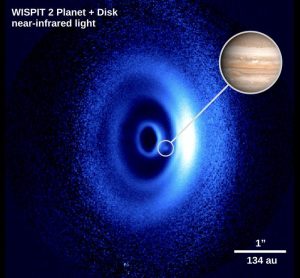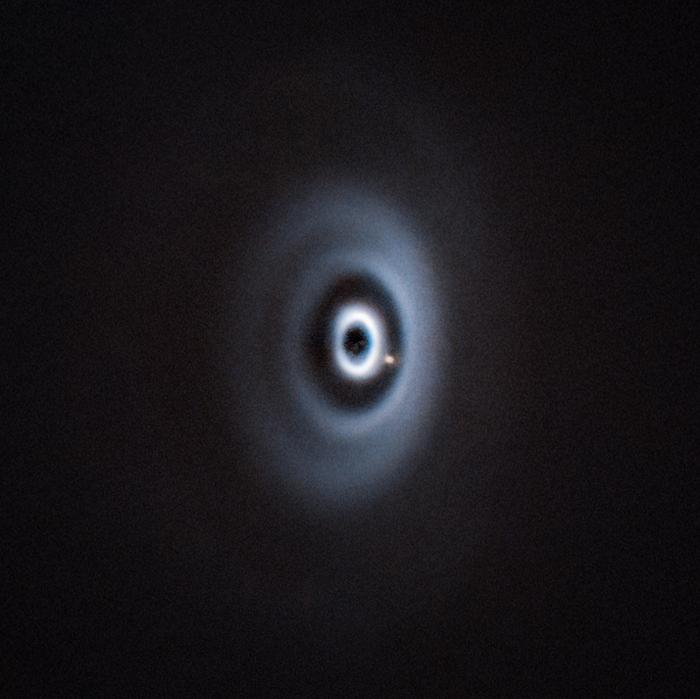Astronomers have published amazing discoveries that can change your understanding of planetary formation.
An international research team co-led with scientists at Galway University identifies giant planets at the earliest stages of development, orbiting young stars that resemble our own sun at the beginning.
The newly detected world, named Wispit 2B, is estimated to be only 5 million years ago. This is an astronomical blink of an eye compared to Earth 4.5 billion years ago.
Based on its size and characteristics, researchers believe it is a gas giant that is nearly comparable to Jupiter.
Introducing Wispit 2B with cutting-edge technology
This discovery was made possible using a very large telescope (VLT) from the Southern European Observatory in Chile’s Atacama Desert.
Considered one of the world’s most advanced astronomical facilities, VLT has allowed researchers to capture planets shining in near-infrared light. This wavelength revealed the Wispit 2B as it continues to emit heat from the initial formation.
Dr. Christian Ginsky, a lecturer at the Faculty of Natural Sciences at the University of Galway and second author of the study, explained:
“But on this planet, we instead detected a completely unexpected and very beautiful multi-ring dust disk.
“When I first saw this multi-ring disc, I knew I needed to try and see if I could detect the planets in it, so I immediately asked for follow-up observations.”
Planetary detection marks an astronomy milestone. It is just the second confirmed discovery of a planet captured in such an early evolutionary stage around a young solar-shaped star.
Even more impressive, Wispit 2B is the first clear example of a planet embedded in a multi-ringed disk of dust and gas, providing an unprecedented laboratory for studying how planets interact with the natal environment.

Proof of growing atmosphere
In addition to its infrared glow, researchers at the University of Arizona used highly specialized instruments to confirm the planet’s presence in visible light.
This detection at certain wavelengths indicates that Wispit 2B is still actively accumulating gas. This is a sign that is in the process of creating the atmosphere.
This evidence reinforces the view that astronomers captured Wispit 2B at a critical moment of growth, providing front row seats in the process of shaping countless planetary systems not only in the solar system but throughout the galaxy.
The cradle of the universe of planet formation
Wispit 2B is located within a vast protranetary disc surrounding the host star. These discs consist of gas and dust are the birth layer of the planet.
One surrounding Wispit 2B has a vast radius of 380 astronomical units, about 380 times the distance between the Earth and the Sun.
These discs display impressive structures such as rings and spiral arms, which are often thought to be engraved by forming planets.
Observing such features in real time will help researchers better understand how planetary systems evolve into the diverse compositions observed today.
A new chapter to understand the formation of planets
For astronomers, Wispit 2B represents more than just another exoplanet. It provides a living snapshot of the planetary formation process and bridges the gap between theoretical models and observable evidence.
As technology advances, researchers hope that such systems will reveal why planetary systems (including ourselves) appear dramatically different from each other.
The discovery is already attracting global attention. With Wispit 2B in the spotlight, scientists anticipate years of follow-up research that can redefine what we know about the birth and evolution of planets.
Source link

